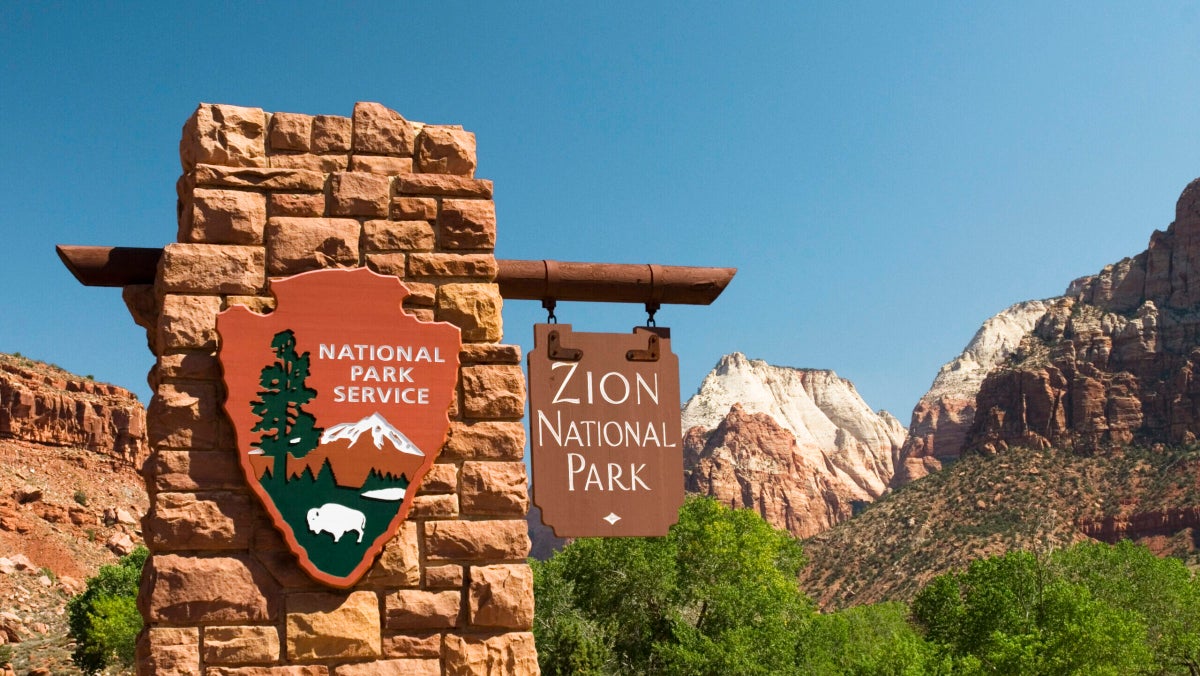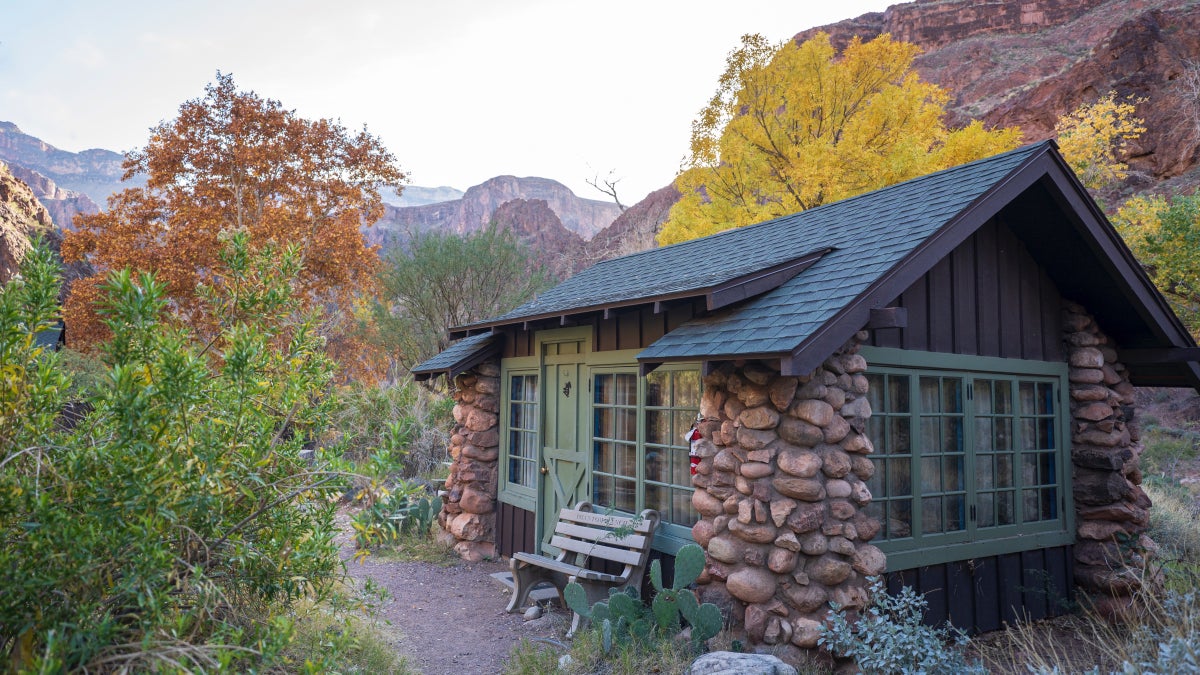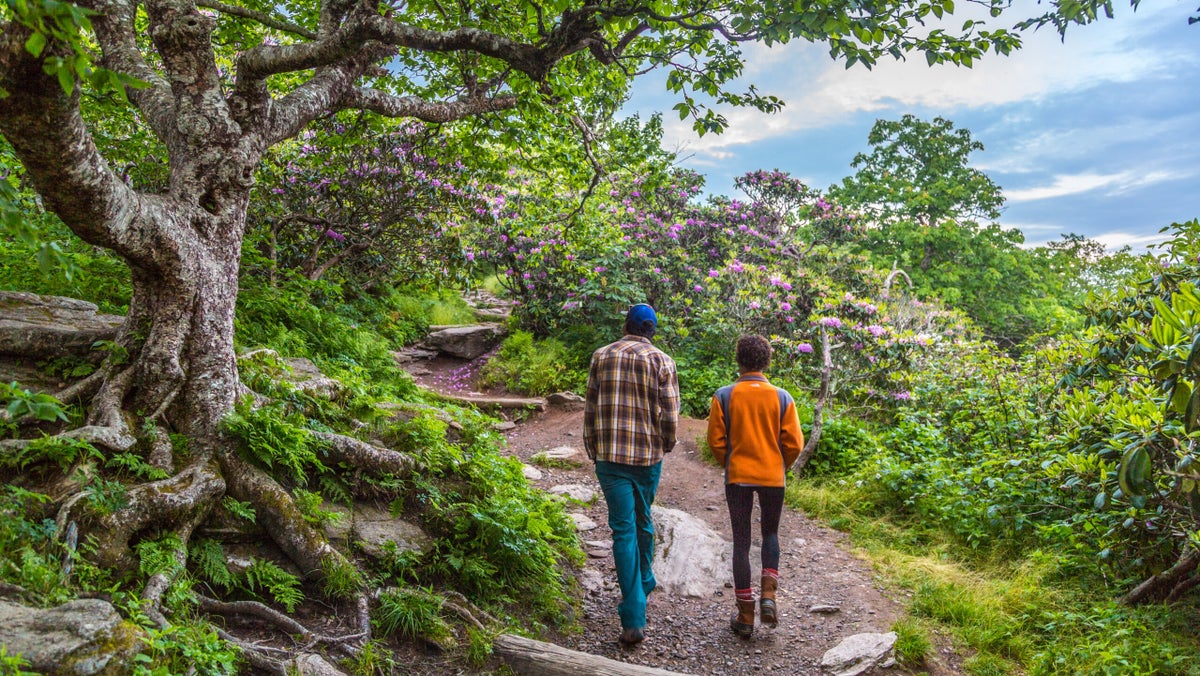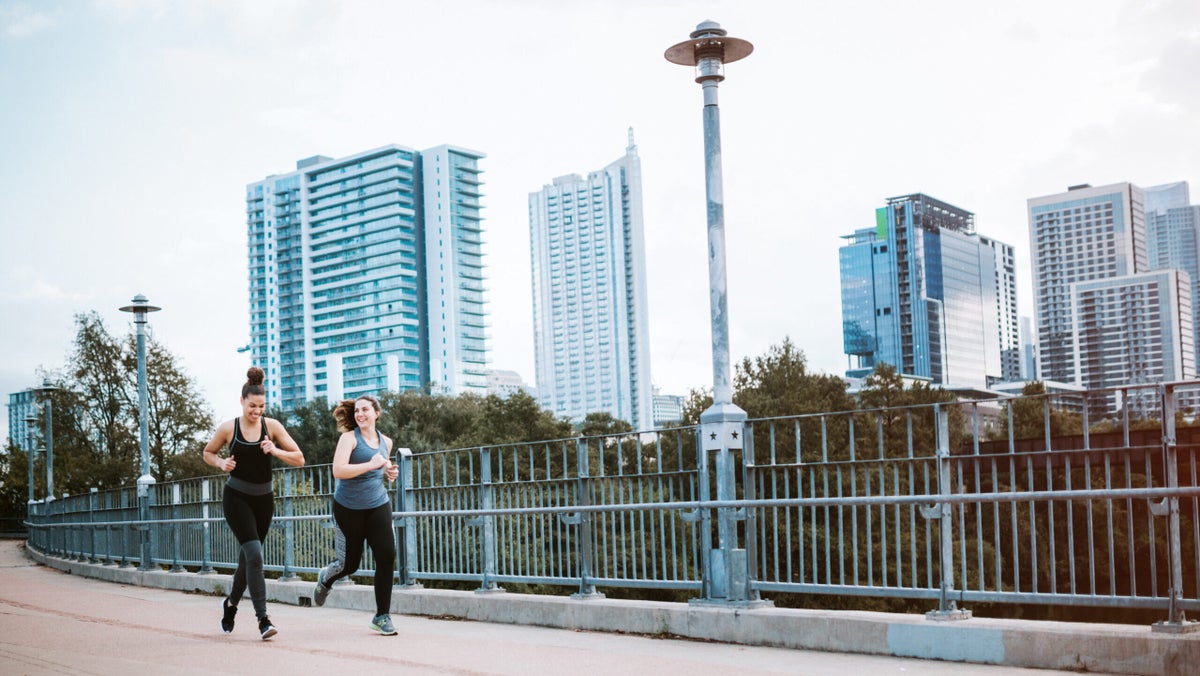In January 2020, Park Spring National Monument in Arizona became the first National Park System site to go cashless. In the years since, roughly 30 destinations made the switch to card or mobile-only payments, including big names like Zion, Yosemite, and the Grand Canyon. This shift was likely insignificant for the 60 percent of Americans who report using cash for few to none of their purchases each year. But the policy has led to a vociferous backlash from people who still prefer to pay with good ol’ fashioned paper money.
The fallout moved from Facebook groups and online forums to the courts on March 6, when three would-be national park visitors filed a lawsuit against the Park Service after being turned away from parks in Arizona, New York, and Georgia (respectively) when they tried to pay the entrance fee in cash. The plaintiffs are seeking a declaratory judgement, which is an official court ruling on a legal uncertainty; in this case, whether or not federal law requires the NPS to accept cash.
The NPS has not yet issued a statement about the lawsuit, and a spokeswoman told the New York Times that the agency doesn’t comment on ongoing litigation.
For the most part, the parks are going cashless to protect their bottom line. In 2022, Death Valley National Park in California spent $40,000 processing the $22,000 in cash collected there, according to a 2023 statement. On its website, the NPS also points to reduced risk of theft, fewer errors, and shorter transaction times at entrance stations as benefits of a cashless system.
Patrons who want to pay in cash are concerned about inconvenience, privacy, and access. Not everyone has a credit card or even a bank account, the lawsuit argues. According to Cowboy State Daily, Elizabeth Dasburg, one of the case’s plaintiffs, was advised by NPS staff at Fort Pulaski National Monument in Georgia to go to a Walmart or grocery store and purchase an all-purpose cash gift card (like a Visa Prepaid card), which would be accepted as payment, after she wrote a letter of complaint. But if you were turned away at a remote resort entrance, like Death Valley, that errand would take over two hours.
Federal law allows private businesses to choose not to accept payments in cash, but the lawsuit argues that the government doesn’t have the same leeway. It points to a federal code specifying that coins and bills “are legal tender for all debts, public charges, taxes, and dues.”
But whether you think paying cash is a right or you’d rather park rangers not have to fend off petty theft, I’d argue that both parties in this lawsuit are wrong. Entry to national parks should be free, everywhere, always, for all Americans.
The National Park System was created, according to the laws establishing it, to “provide for the enjoyment of the scenery, natural and historic objects, and wild life in such manner and by such means as will leave them unimpaired for the enjoyment of future generations.” There’s no fine print saying that these beautiful natural places are actually reserved only for the members of this and future generations who can afford it (and certainly no fine print about whether they’d pay with cash or card).
An annual pass to all NPS sites costs $80. Daily entry, which varies a bit by park, caps out at $35 bucks. You could argue that these aren’t huge sums of money—you might pay more than that for gas to get there and a picnic lunch—but it’s still more than it should be. All NPS sites are on public land. The government can and should impose restrictions to conserve that land, but guests shouldn’t have to worry about being able to afford the visit, especially since anyone paying taxes in the U.S. is already paying for national parks.
The NPS does make an effort to reduce barriers to access, including financial ones. Only 108 of the 429 locations charge for entry, and there are six days each year when those fees are waived. Since 2015, fourth graders and their families have been eligible for an annual park pass, and veterans, people with disabilities, and seniors all qualify for free or reduced rates.
The parks that charge entry fees are those with high visitor numbers, which means greater wear-and-tear on infrastructure and a need for more staff. The extra funds help keep the park running, and minimize damage to the local environment. According to the NPS, 80 percent of the revenue collected at a park stay at that same park. But even with entry fees, whether paid in cash or by card, the NPS doesn’t have the money to keep things in tip-top shape. At the end of 2023, the agency reported a $23.3 billion backlog in repair projects.
All the same, particular locations wouldn’t need to charge guests for those extra funds if Congress gave them a bigger budget. The U.S. government collects trillions of dollars in revenue each year, 3.6 billion of which was allocated to the NPS in 2023 for discretionary spending. I’m not an expert on federal budgeting, but a very small percentage of the overall pool would make the parks accessible for everyone.
The post You Shouldn’t Be Able to Pay With Cash OR a Card at a National Park. They Should Be Free. appeared first on Outside Online.










